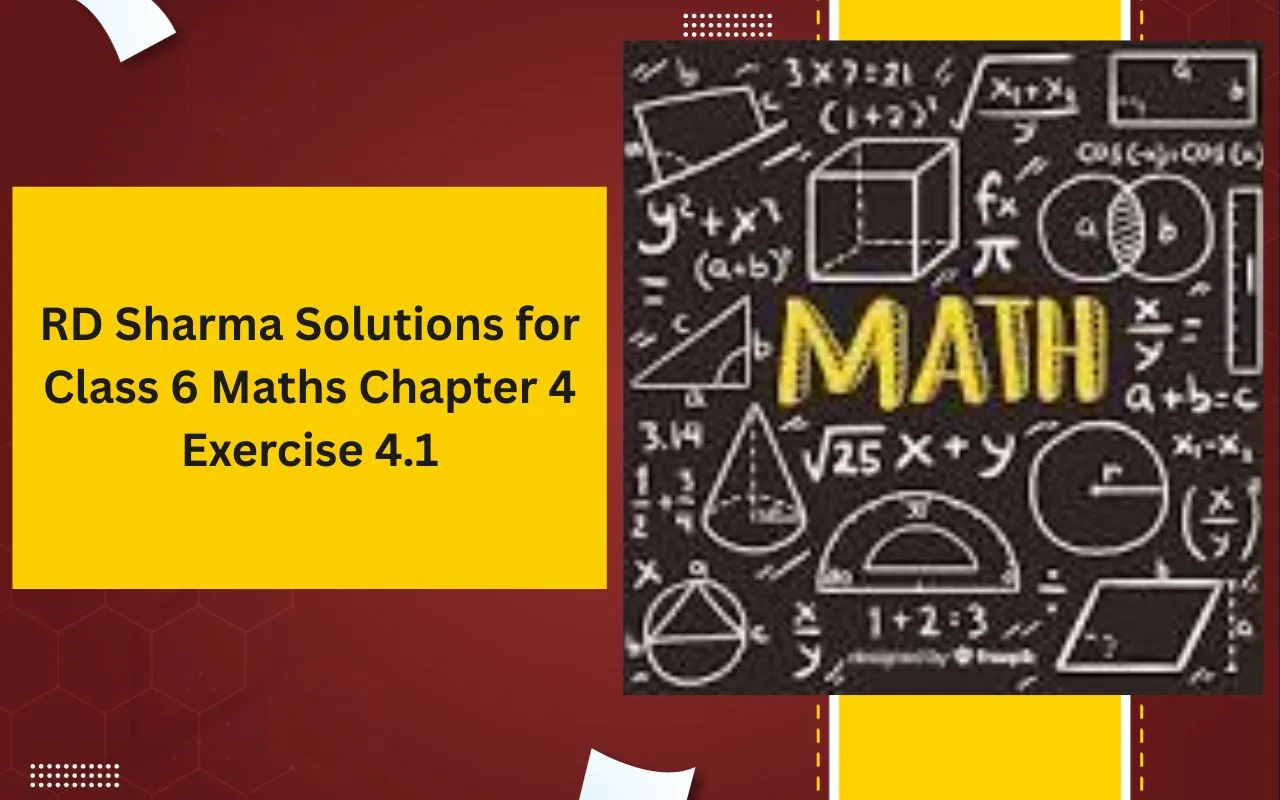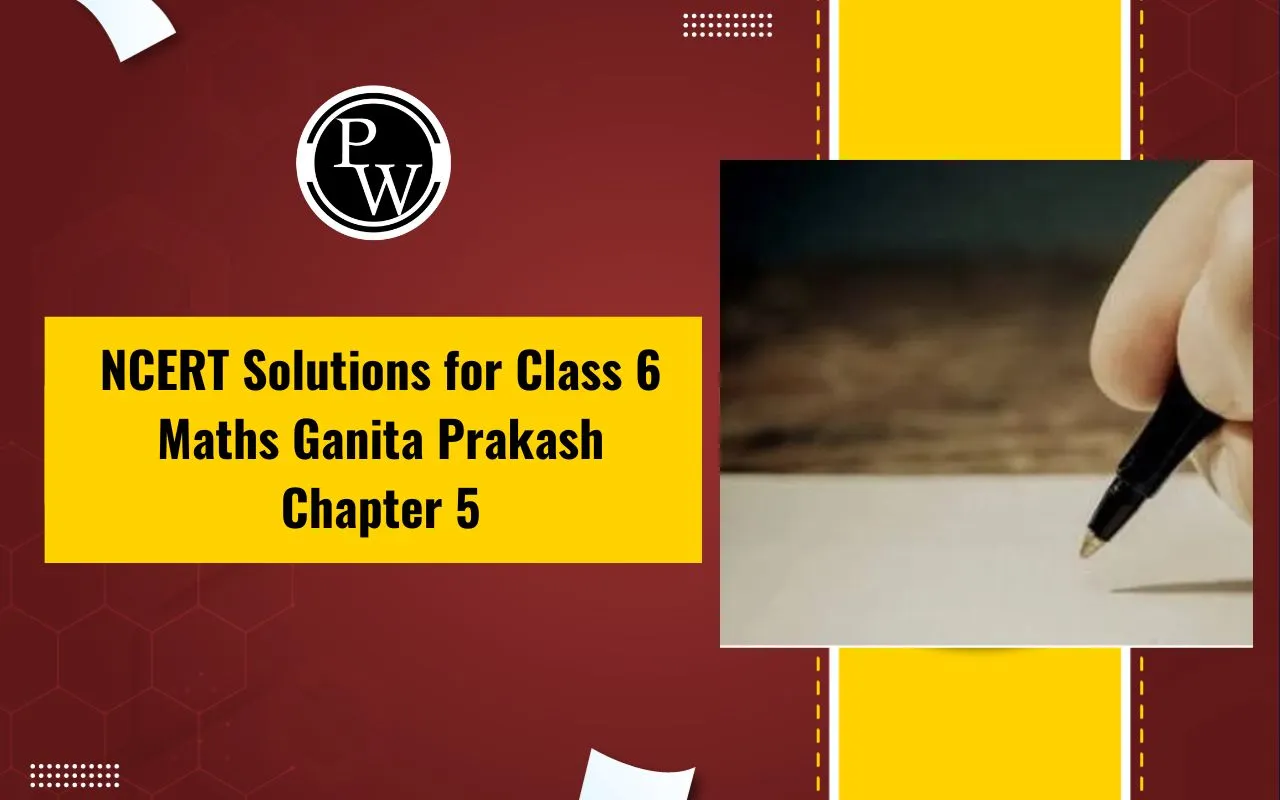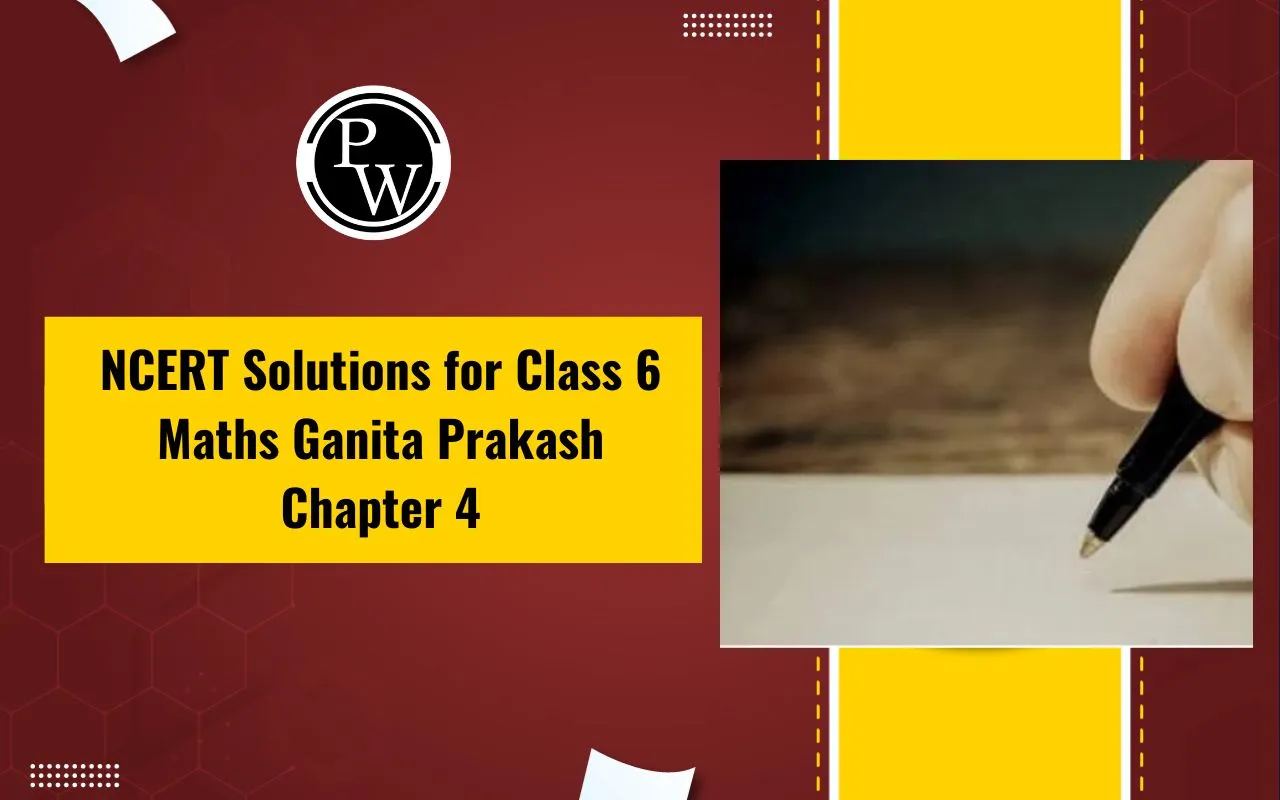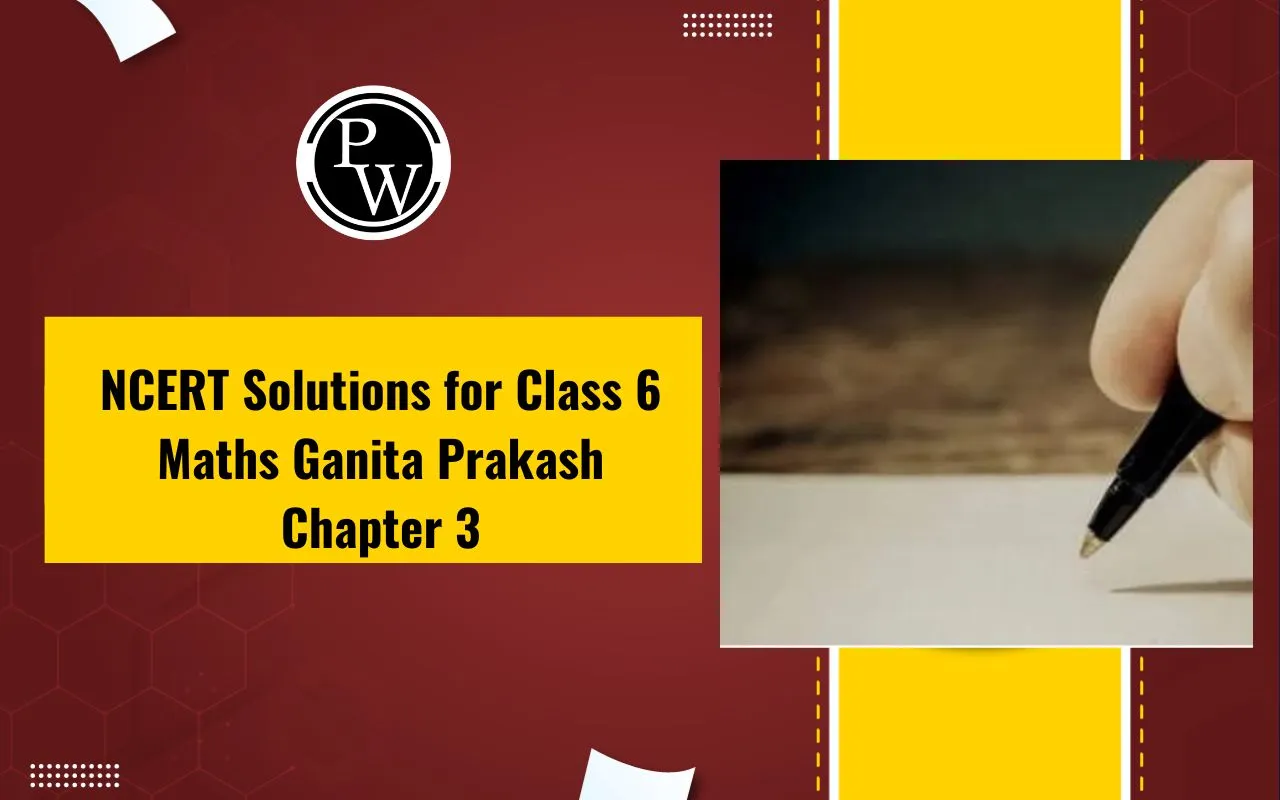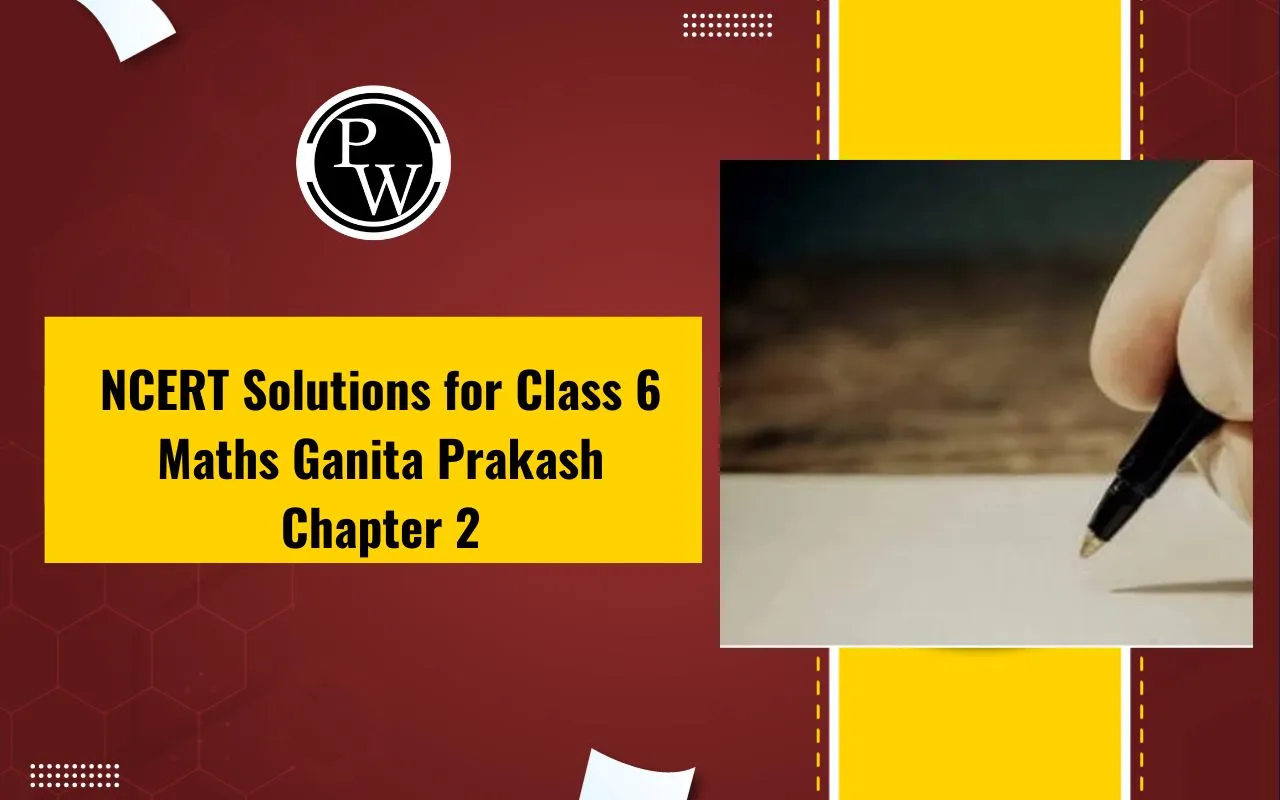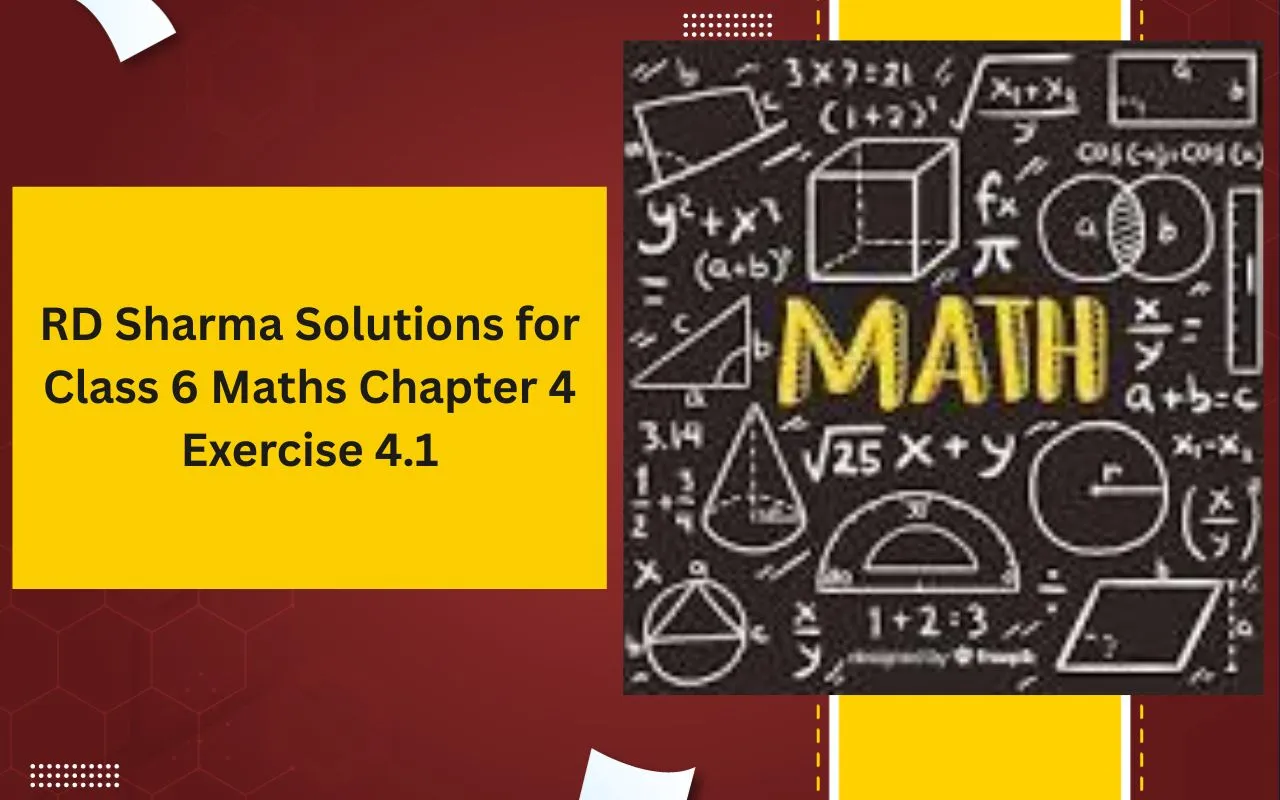
RD Sharma Solutions for Class 6 Maths Chapter 4 Exercise 4.1 focuses on the addition of whole numbers, an essential topic that helps students build a strong foundation in basic arithmetic.
This exercise covers the properties of addition such as commutativity and associativity, allowing students to understand how numbers can be added in different orders without changing the sum.
The problems are designed to enhance students’ skills in performing addition accurately and efficiently, while also reinforcing key concepts like the additive identity property.
With clear, step-by-step solutions, this exercise makes it easier for learners to grasp the fundamental operations on whole numbers and prepares them well for more advanced mathematical concepts.
What is the Best Study Routine for Class 6
RD Sharma Solutions for Class 6 Maths Chapter 4 Exercise 4.1 Overview
Exercise 4.1 in Chapter 4 of the RD Sharma CBSE Class 6 textbook focuses on the addition of whole numbers. This exercise introduces students to the basic concept of adding whole numbers and explores important properties like commutativity and associativity of addition. Students learn how numbers can be added in any order (commutativity) and grouped differently (associativity) without affecting the final sum.
The exercise includes a variety of problems such as fill-in-the-blanks, numerical additions, and word problems designed to strengthen students’ understanding and calculation skills. By practicing these questions, students build a strong foundation in addition, which is crucial for tackling more complex operations in mathematics. The solutions provided guide students step-by-step to ensure clarity and accuracy in solving these problems.
RD Sharma Solutions for Class 6 Maths Operations on Whole Numbers Chapter 4 Exercise 4.1
Here are the detailed solutions for RD Sharma Class 6 Maths Chapter 4 Exercise 4.1 on Operations on Whole Numbers.
Exercise 4.1 PAGE: 4.4
Fill in the blanks to make each of the following a true statement:
(i) 359 + 476 = 476 + …..
(ii) …. + 1952 = 1952 + 2008
(iii) 90758 + 0 = ….
(iv) 54321 + (489 + 699) = 489 + (54321 + …..)
Solution:
(i) 359 + 476 = 476 + 359 using commutativity
(ii) 2008 + 1952 = 1952 + 2008 using commutativity
(iii) 90758 + 0 = 90758 using the additive identity
(iv) 54321 + (489 + 699) = 489 + (54321 + 699) using associativity
2. Add each of the following and check by reversing the order of addends:
(i) 5628 + 39784
(ii) 923584 + 178
(iii) 15409 + 112
(iv) 2359 + 641
Solution:
(i) We get
5628 + 39784 = 45412
By reversing the order of addends
39784 + 5628 = 45412
(ii) We get
923584 + 178 = 923762
By reversing the order of addends
178 + 923584 = 923762
(iii) We get
15409 + 112 = 15521
By reversing the order of addends
112 + 15409 = 15521
(iv) We get
2359 + 641 = 3000
By reversing the order of addends
641 + 2359 = 3000
3. Determine the sum by suitable rearrangements:
(i) 953 + 407 + 647
(ii) 15409 + 178 + 591 + 322
(iii) 2359 + 10001 + 2641 + 9999
(iv) 1 + 2 + 3 + 4 + 1996 + 1997 + 1998 + 1999
(v) 10 + 11 + 12 + 13 + 14 + 15 + 16 + 17 + 18 + 19 + 20
Solution:
(i) 953 + 407 + 647
We know that
53 + 47 = 100
It can be written as
(953 + 647) + 407 = 1600 + 407
On further calculation
(953 + 647) + 407 = 2007
(ii) 15409 + 178 + 591 + 322
We know that
409 + 91 = 500 and 78 + 22 = 100
It can be written as
(15409 + 591) + (178 + 322) = 16000 + 500
On further calculation
(15409 + 591) + (178 + 322) = 16500
(iii) 2359 + 10001 + 2641 + 9999
We know that
59 + 41 = 100 and 99 + 01 = 100
It can be written as
(2359 + 2641) + (10001 + 9999) = 5000 + 20000
On further calculation
(2359 + 2641) + (10001 + 9999) = 25000
(iv) 1 + 2 + 3 + 4 + 1996 + 1997 + 1998 + 1999
We know that
99 + 1 = 100, 98 + 2 = 100, 97 + 3 = 100 and 96 + 4 = 100
It can be written as
(1 + 1999) + (2 + 1998) + (3 + 1997) + (4 + 1996) = 2000 + 2000 + 2000 + 2000
On further calculation
(1 + 1999) + (2 + 1998) + (3 + 1997) + (4 + 1996) = 8000
(v) 10 + 11 + 12 + 13 + 14 + 15 + 16 + 17 + 18 + 19 + 20
We know that
10 + 20 = 30, 1 + 9 = 10, 2 + 8 = 10, 3 + 7 = 10 and 4 + 6 = 10
It can be written as
(10 + 20) + (11 + 19) + (12 + 18) + (13 + 17) + (14 + 16) = 30 + 30 + 30 + 30 + 30 + 15
On further calculation
(10 + 20) + (11 + 19) + (12 + 18) + (13 + 17) + (14 + 16) = 150 + 15 = 165
4. Which of the following statements are true and which are false:
(i) The sum of two odd numbers is an odd number.
(ii) The sum of two odd numbers is an even number.
(iii) The sum of two even numbers is an even number.
(iv) The sum of two even numbers is an odd number.
(v) The sum of an even number and an odd number is an odd number.
(vi) The sum of an odd number and an even number is an even number.
(vii) Every whole number is a natural number.
(viii) Every natural number is a whole number.
(ix) There is a whole number which when added to a whole number, gives that number.
(x) There is a natural number which when added to a natural number, gives that number.
(xi) Commutativity and associativity are properties of whole numbers.
(xii) Commutativity and associativity are properties of addition of whole numbers.
Solution:
(i) False. We know that, 1 + 3 = 4 where 4 is an even number.
(ii) True. We know that, 5 + 7 = 12 where 12 is an even number.
(iii) True. We know that, 2 + 4 = 6 where 6 is an even number.
(iv) False. We know that, 4 + 6 = 10 where 10 is an even number.
(v) True. We know that, 2 + 1 = 3 where 3 is an odd number.
(vi) False. We know that, 3 + 2 = 5 where 5 is an odd number.
(vii) False. Whole number starts from 0 whereas natural numbers start from 1.
(viii) True. All the natural numbers are also whole number.
(ix) True. We know that, 1 + 0 = 1 where 1 is a whole number.
(x) False. We know that 2 + 1 = 3 which is not that number.
(xi) False. Commutativity and associativity are not properties of whole numbers.
(xii) True. Commutativity and associativity are properties of addition of whole numbers.
RD Sharma Solutions for Class 6 Maths Chapter 4 Exercise 4.1 PDF Download
Students can download the PDF of RD Sharma Solutions for Class 6 Maths Chapter 4 Exercise 4.1 – Operations on Whole Numbers from the link below. This PDF provides detailed, step-by-step solutions to all the questions in Exercise 4.1, helping students understand the addition of whole numbers clearly and effectively. With this resource, learners can practice at their own pace, revise important concepts, and improve their problem-solving skills to excel in their exams.
RD Sharma Solutions for Class 6 Maths Chapter 4 Exercise 4.1
Study without using the internet
Benefits of Using RD Sharma for Class 6 Maths Chapter 4 Exercise 4.1
-
Provides clear, step-by-step solutions for better understanding of addition of whole numbers.
-
Helps students practice effectively for sample papers and school exams.
-
Strengthens problem-solving skills and builds confidence in mathematics.
-
Covers a wide variety of problems, including both numerical and word-based questions.
-
Aligns with the CBSE syllabus for thorough concept clarity.
-
Easy to download and use for quick revision anytime, anywhere.
